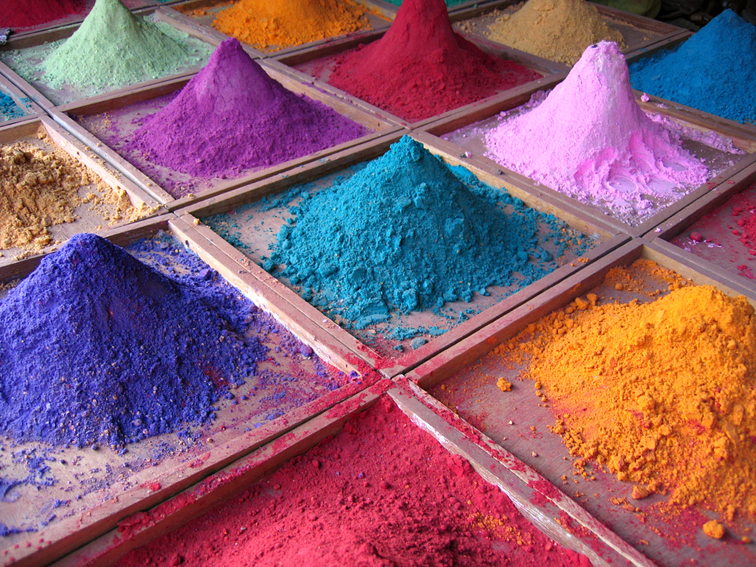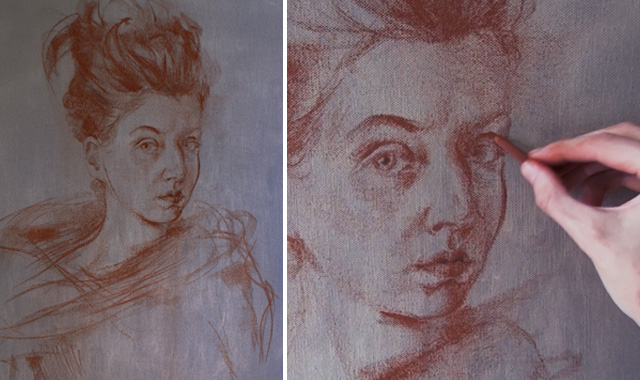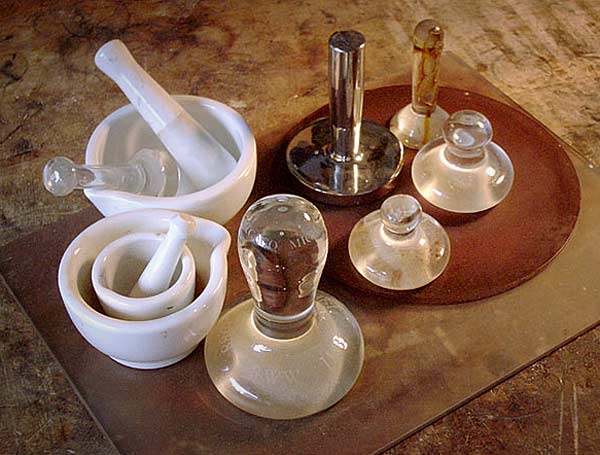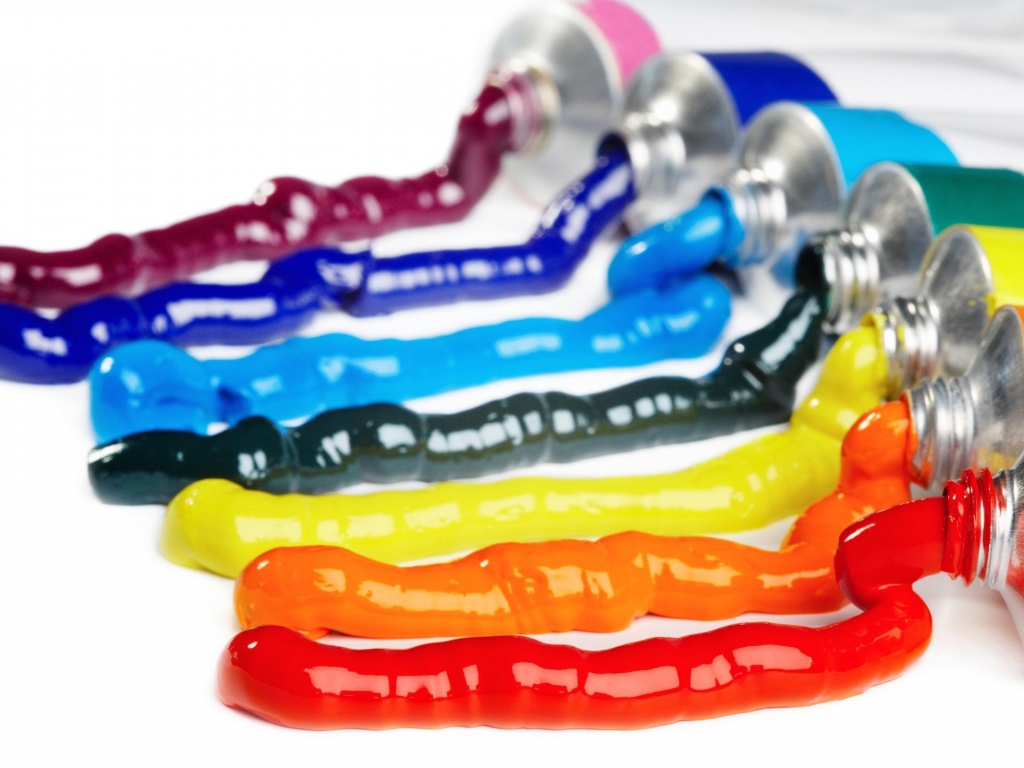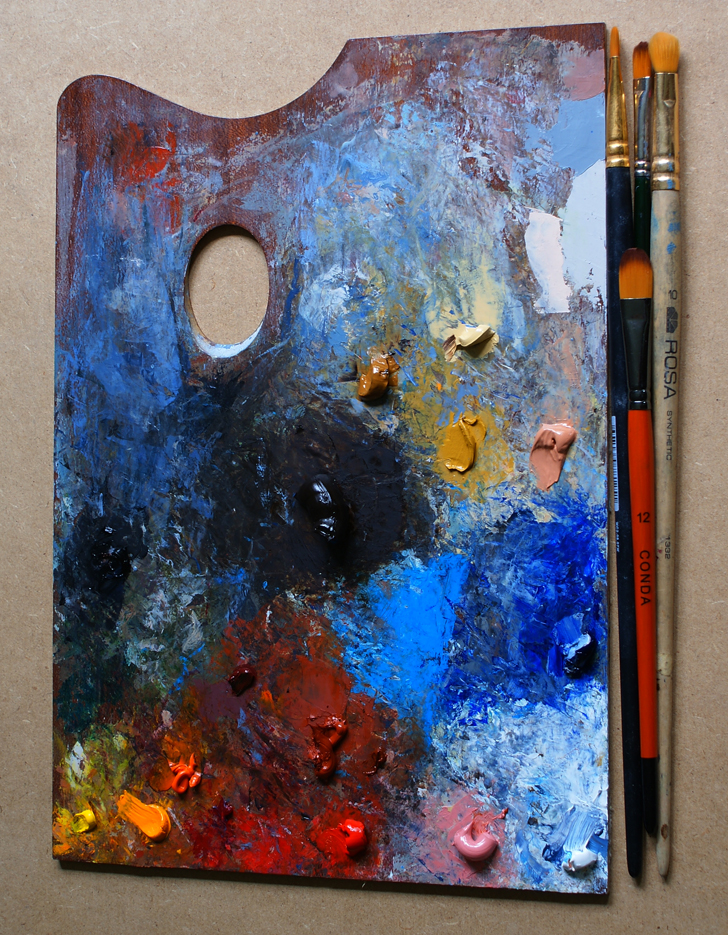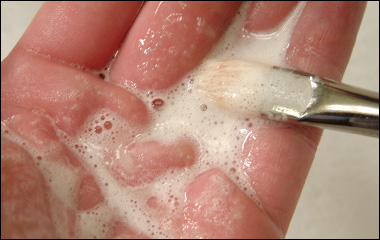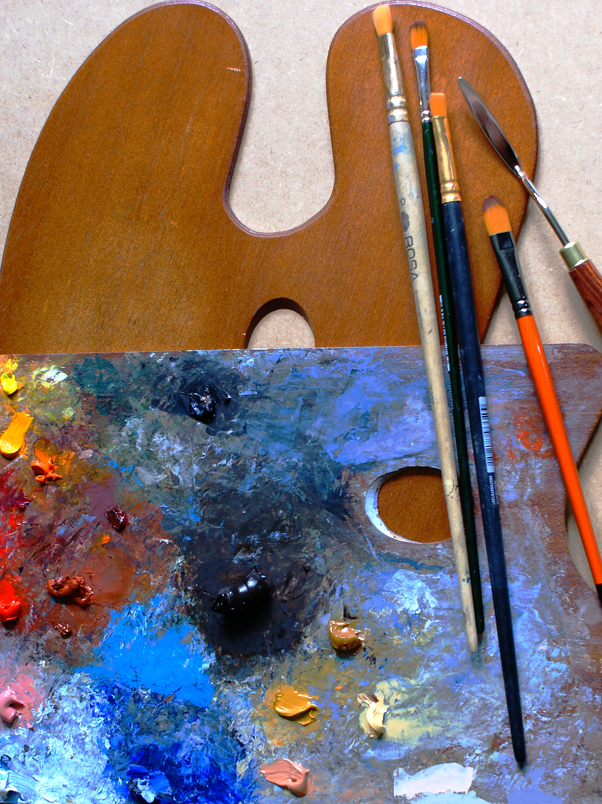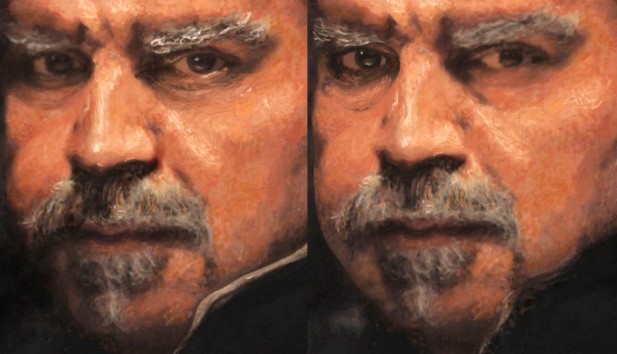On 26 Sep, 2012 With
Chemical Changes of Pigments The causes of change of color in pigments are of four kinds, all of them chemical effects. 1) the action of light; 2) the action of the atmosphere; 3) the action of the medium, and 4) the action of the pigments themselves on each other. The action of light is to bring about or to assist in the decomposition of the pigment. It is less marked in oil than in water color, because the oil forms a sort of sheath for the color particles. The manner in which light does its deteriorating work is somewhat similar to that of heat. The atmosphere affects the paint because of certain chemical elements contained in…
Read More
On 22 Sep, 2012 With
Oil painting techniques Introduction Welcome to the Web Art Academy Club! We are fine art teachers Natalie Richy and Vladimir London, and have created the Web Art Academy for fine art students who want to learn traditional oil painting and drawing techniques. The fine art video lessons presented in the Club are valuable for both beginning and advanced students. If you have just recently started your fine art education, this course would be very helpful to obtain a good understanding of oil painting methods. If you already have knowledge and experience in painting, this course would still provide many advanced know-how strategies you could use to improve your painting techniques. You will discover what oil painting…
Read More
On 3 Sep, 2012 With
Oil painting essential materials and techniques: Grinding Pigments Grinding.—The color which the artist uses must be most evenly and perfectly ground. The grinding which will do for ordinary house paints will not do for the artist’s colors. Neither will the chemical processes suitable for the one serve for the other. Not only must the machinery, but the experience, skill and care, be much greater for artist’s colors. Therefore it is that the specialization of color-making is most important to good colors for the use of the artist. Reliable Makers.—If you would work to the best advantage as far as your colors are concerned, both as to getting the best effects which pure pigments skilfully and honestly prepared will give you,…
Read More
On 31 Aug, 2012 With
Oil painting essential materials and techniques: Good Paints and Pigments Good Paints.—The three things on which the quality of good paint depends are good pigment, good vehicles, and good preparation. The pigments used are of mineral, chemical, and vegetable origin. The term pigment technically means the powdered substance which, when mixed with a vehicle, as oil, becomes oil paint. The most important pigments now used are artificial products, chiefly chemical compounds, including chemical preparations of natural mineral earths. As a rule, the colors made from earths may be classed as all permanent; those from chemicals, permanent or not, as the case may be; and those of vegetable origin fugitive, with few exceptions. Some colors are good when used as water colors, and bad…
Read More
On 28 Aug, 2012 With
Oil painting essential materials and techniques: PAINTS Of all your materials, it is on your paints that quality has the most vital effect. With bad paint your work is hopeless. You may get an effect that looks all right, but how long will it stand, and how much better may it not have been if your colors had been good? You can tell nothing about it. You may have luck, and your work hold; or you may not have luck, and in a month your picture is ruined. Don’t trust to luck. Keep that element out as much as you can, always. But in the matter of paints, if you count on luck at all, remember that the chances are…
Read More
On 25 Aug, 2012 With
Oil painting essential materials and techniques: Care of Brushes Care of Brushes.—The best of economy in brushes lies in your care of them. You should never let the paint dry on them nor go too long without careful washing. It is not necessary to wash them every day with soap and water, but they would be the better for such treatment. Quite often, once a week, say, you should wash your brushes carefully with soap and water. You may use warm water, but don’t have it hot, as that may melt the glue which holds the bristles together in the ferrule. Use strong soap with plenty of lye in it—common bar soap, or better, the old-fashioned soft soap. Hold several…
Read More
On 17 Aug, 2012 With
Oil painting essential materials: BRUSHES An old brush that has been properly cared for is generally better than a new one. It seems to have accommodated itself to your way of painting, and falls in with your peculiarities. It is astonishing how attached you get to your favorite brushes, and how loath you are to finally give them up. What if you have no others to take their places? Don’t look upon your brushes as something to get as few of as possible, and which you would not get at all if you could help it. There is nothing which comes nearer to yourself than the brush which carries out your idea in paint. You should be always on the…
Read More
On 1 Aug, 2012 With
How to economize on Oil Painting Tools There is a false implication in the saying that “a poor workman blames his tools.” It is not true that a good workman can do good work with bad tools. On the contrary, the good workman sees to it that he has good tools, and makes it a part of his good workmanship that they are in good condition. In painting there is nothing that will cause you more trouble than bad materials. You can get along with few materials, but you cannot get along with bad ones. That is not the place to economize. To do good work is difficult at best. Economize where it will not be a hindrance to you. Your…
Read More
On 31 Jul, 2012 With
Acrylic painting techniques How to Make a Painting Look Old 1. Allow the painting to dry if just completed. Apply clear acrylic to the painting to act as a base for the crackle paint application that will give your painting some age. The clear acrylic should be applied evenly to the surface of the painting following the original brush strokes. Allow the clear acrylic to dry before moving forward. 2. Prepare the crackle paint by adding the colors to it that closely match the areas you are trying to age prematurely. Not using color will result in the crackle paint turning white. Use colors that match the painting so that when it dries, it will look as though the paint is aged. Use…
Read More
On 31 Jan, 2012 With
REMBRANDT portraits decoded A University of British Columbia researcher has uncovered what makes Rembrandt’s masterful portraits so appealing. In the study, published in the current issue of the Massachusetts Institute of Technology’s arts and sciences journal Leonardo, UBC researcher Steve DiPaola argues that Rembrandt may have pioneered a technique that guides the viewer’s gaze around a portrait, creating a special narrative and “calmer” viewing experience. Renaissance artists used various techniques to engage viewers, many incorporating new scientific knowledge on lighting, spatial layout and perspectives. To isolate and pinpoint factors that contribute to the “magic” of Rembrandt’s portraits, DiPaola used computer-rendering programs to recreate four of the artist’s most famous portraits from photographs of himself and other models. Replicating Rembrandt’s techniques,…
Read More


